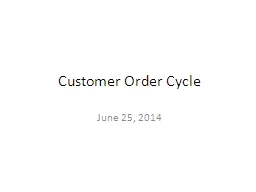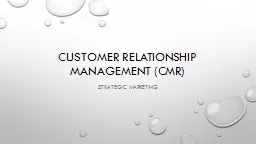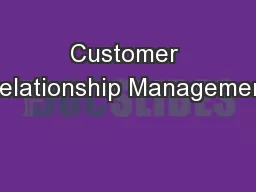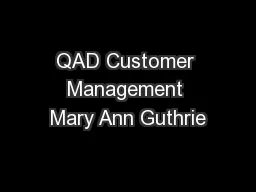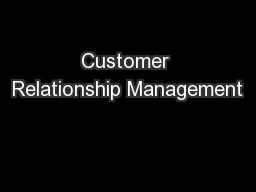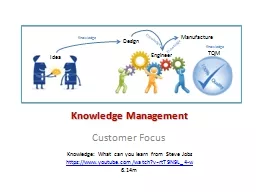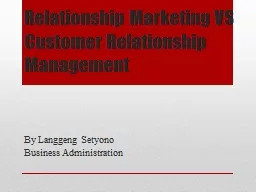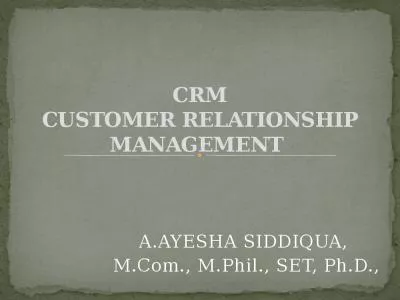PPT-CUSTOMER RELATIONSHIP MANAGEMENT
Author : dollumbr | Published Date : 2020-06-19
b y Berk TUNCALI A short video about CRM https wwwyoutubecomwatchvN35SicxQvsI Customer relationship management refers to the practices strategies and technologies
Presentation Embed Code
Download Presentation
Download Presentation The PPT/PDF document "CUSTOMER RELATIONSHIP MANAGEMENT" is the property of its rightful owner. Permission is granted to download and print the materials on this website for personal, non-commercial use only, and to display it on your personal computer provided you do not modify the materials and that you retain all copyright notices contained in the materials. By downloading content from our website, you accept the terms of this agreement.
CUSTOMER RELATIONSHIP MANAGEMENT: Transcript
Download Rules Of Document
"CUSTOMER RELATIONSHIP MANAGEMENT"The content belongs to its owner. You may download and print it for personal use, without modification, and keep all copyright notices. By downloading, you agree to these terms.
Related Documents



